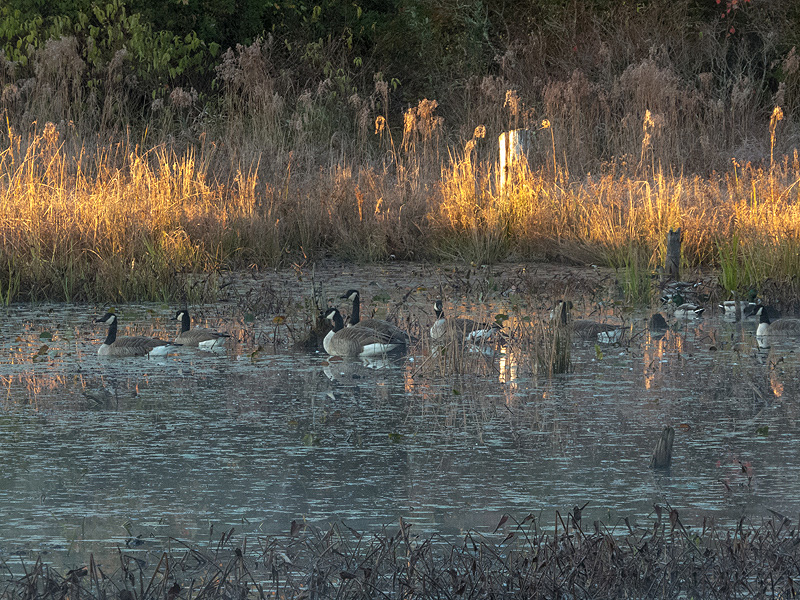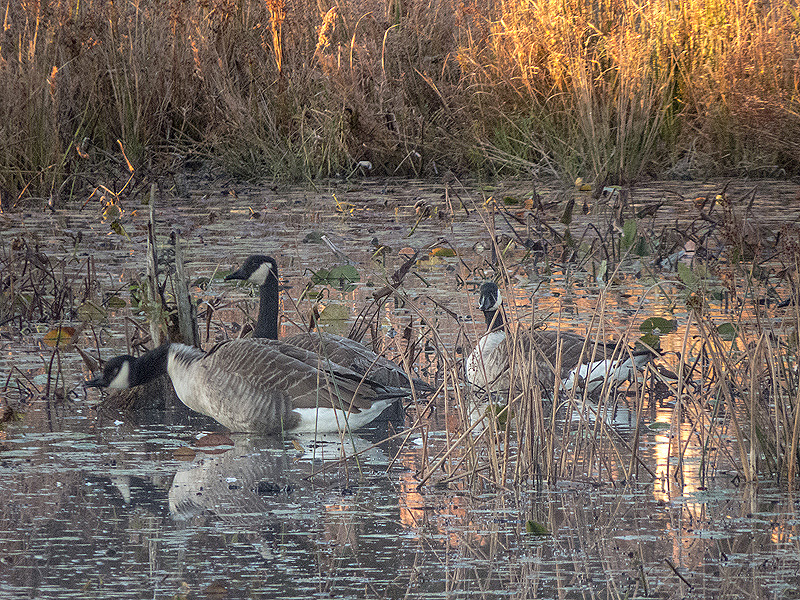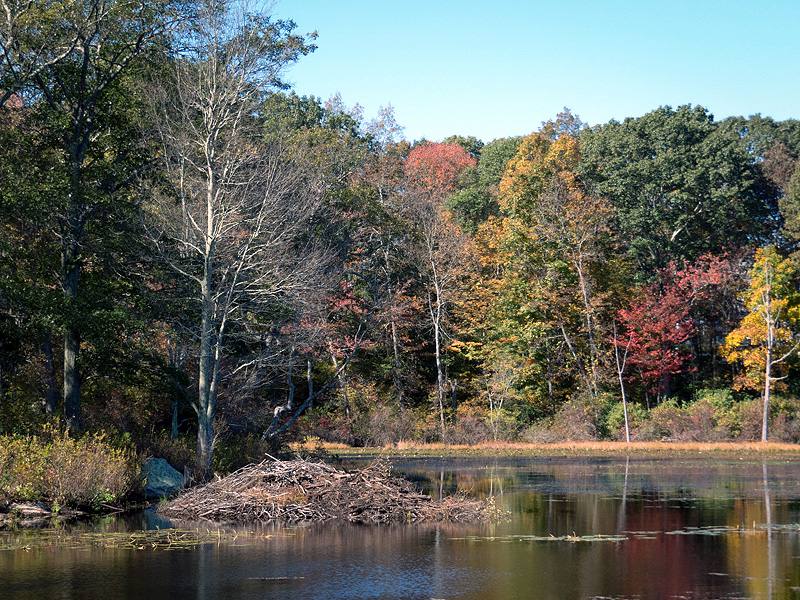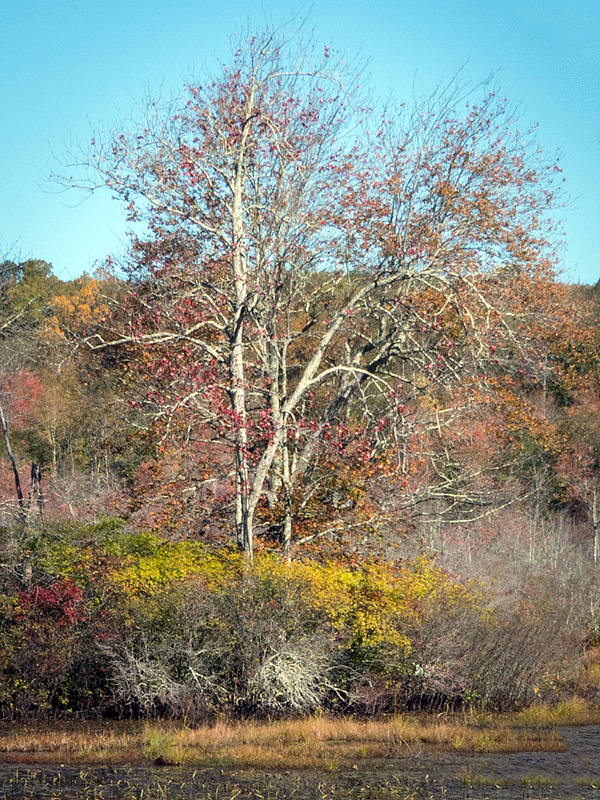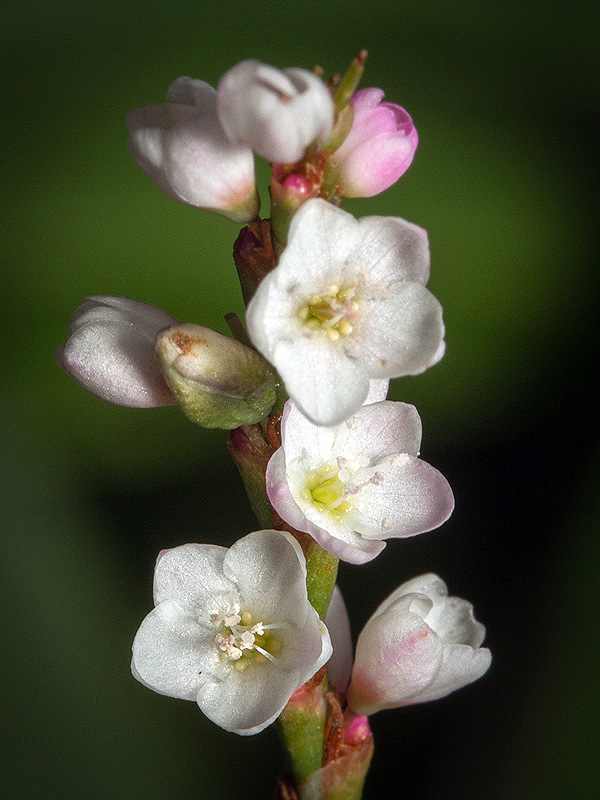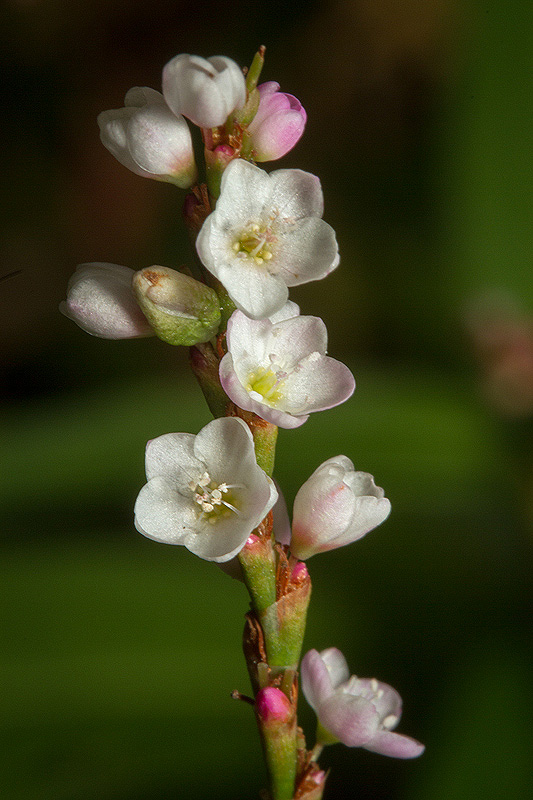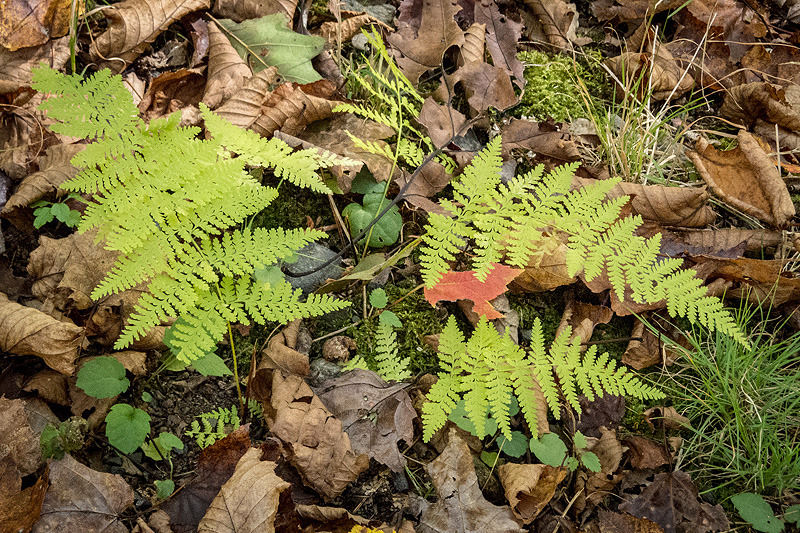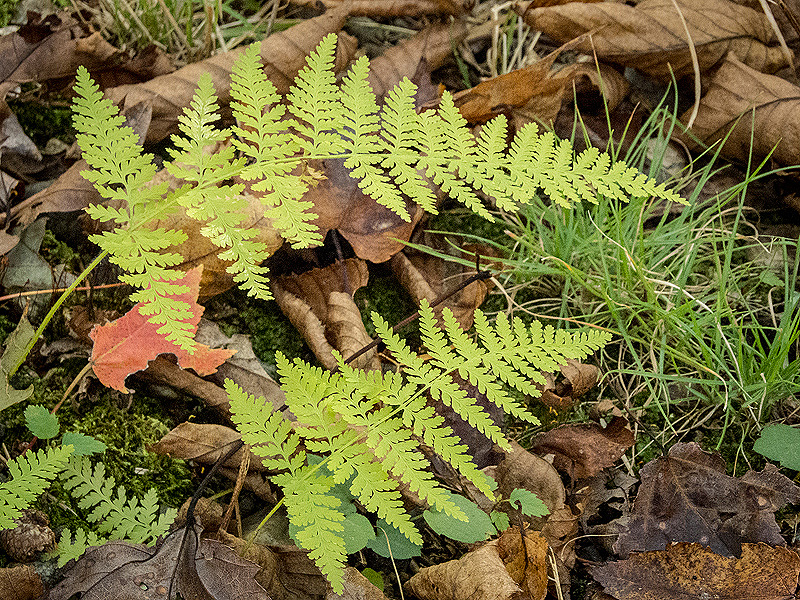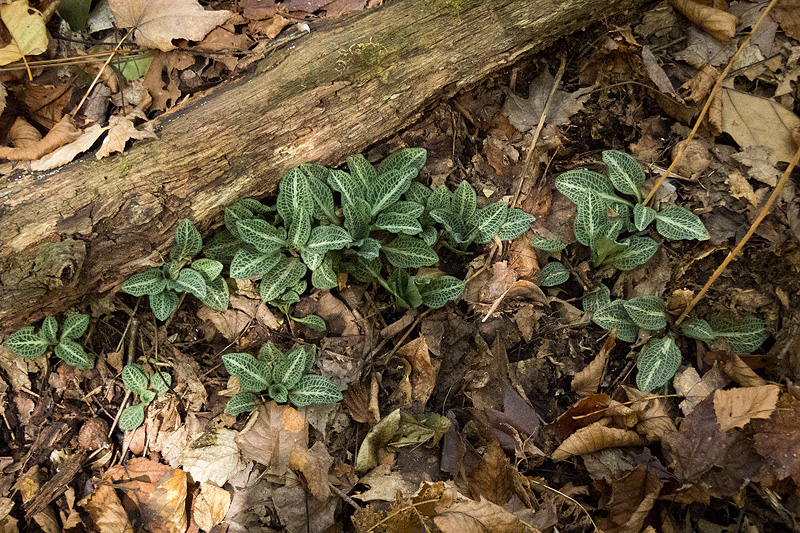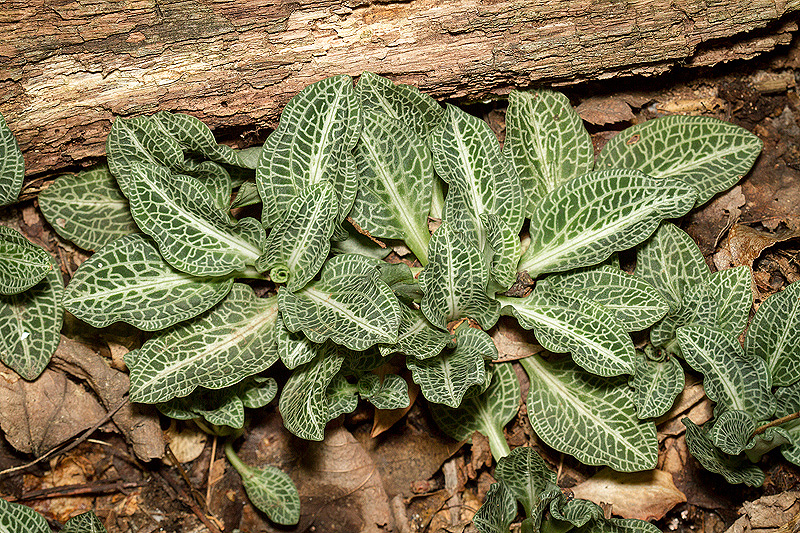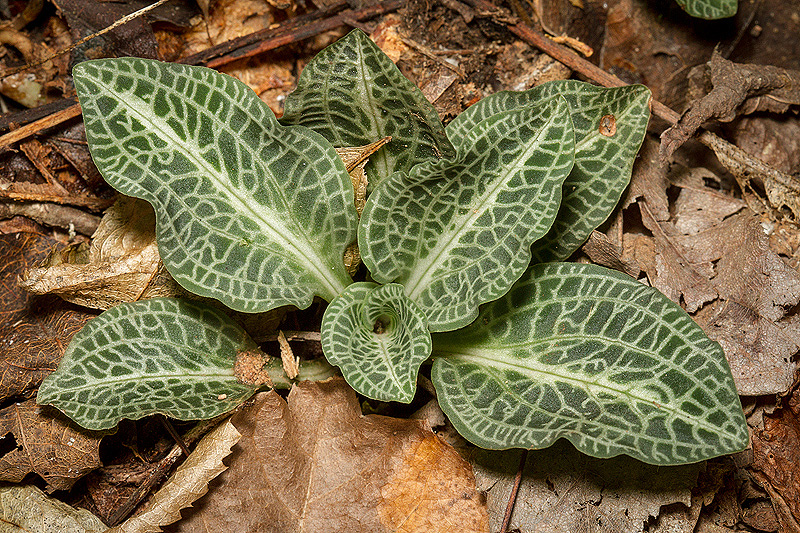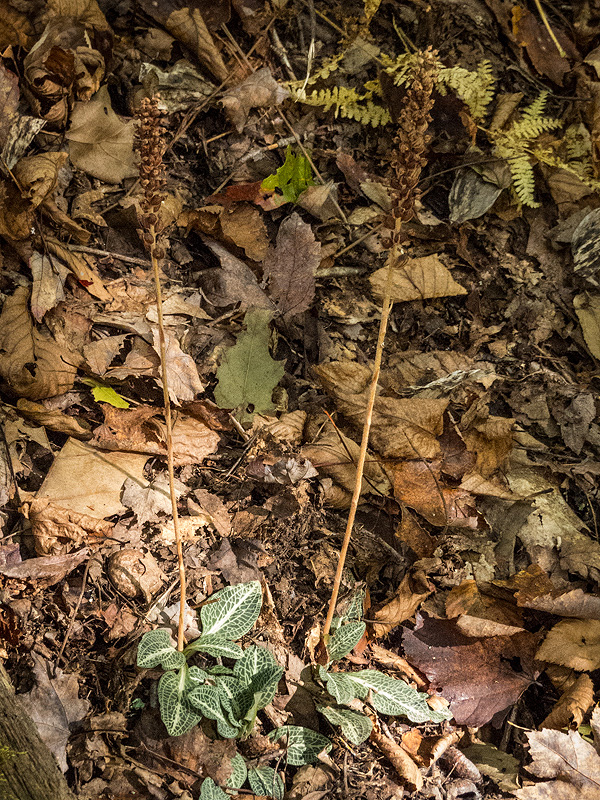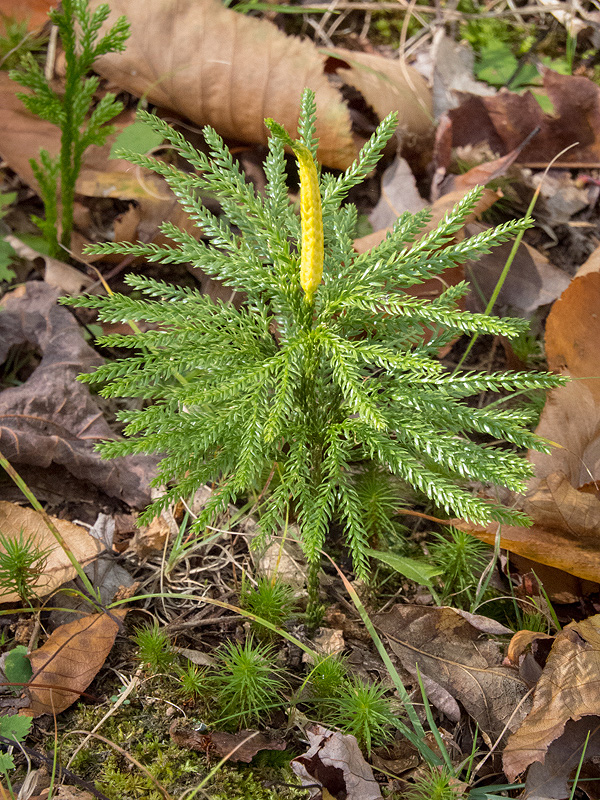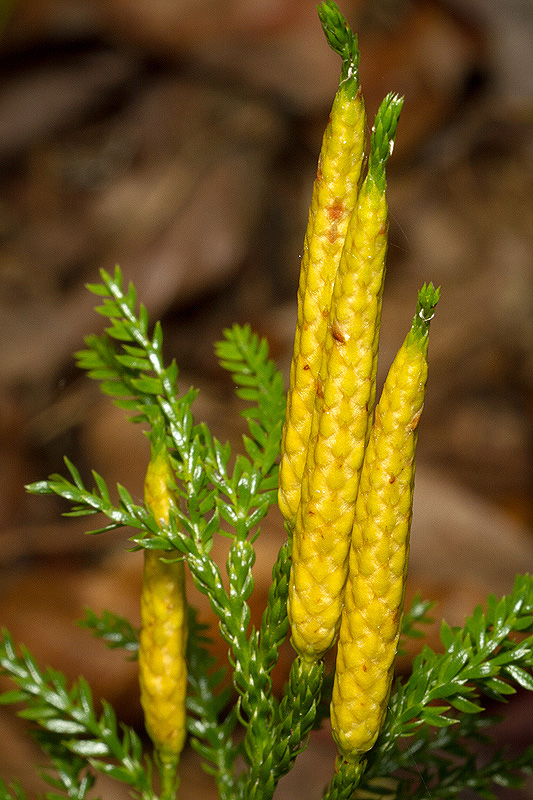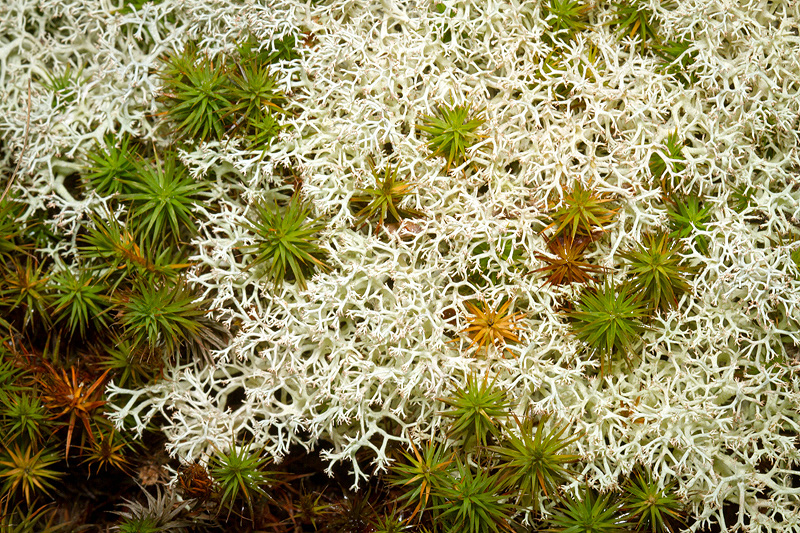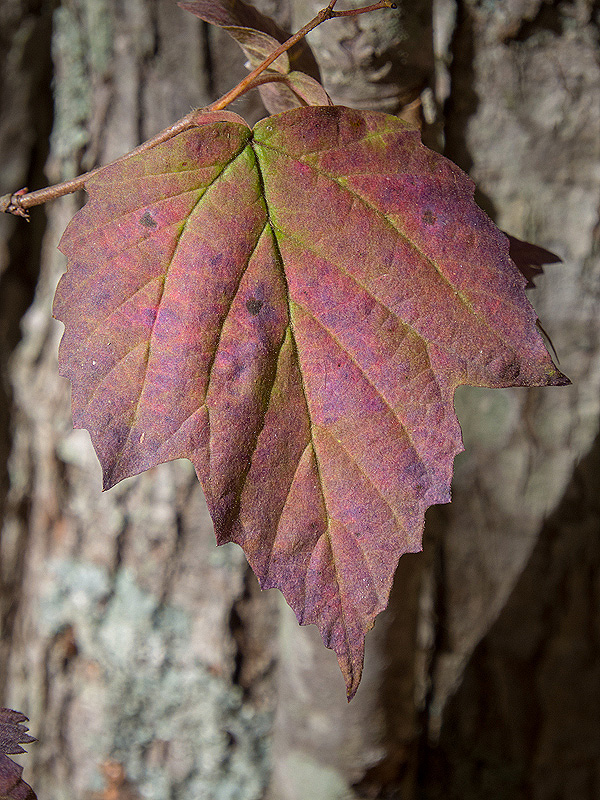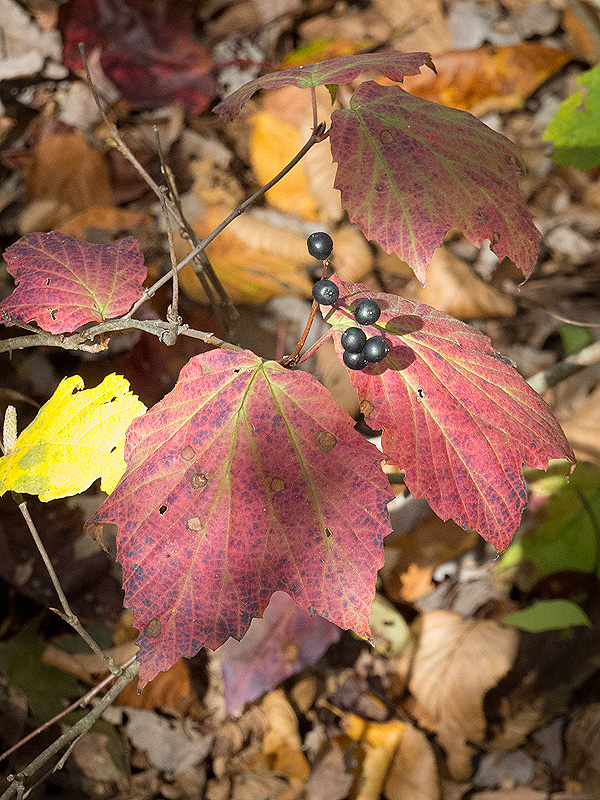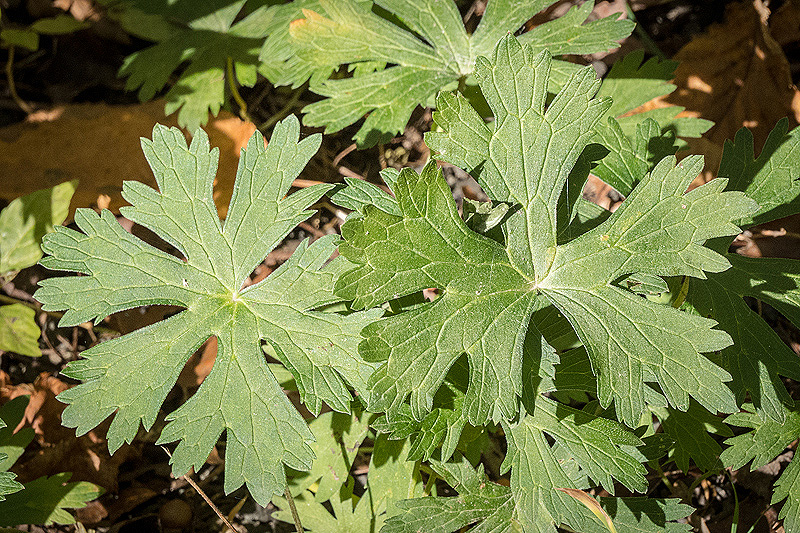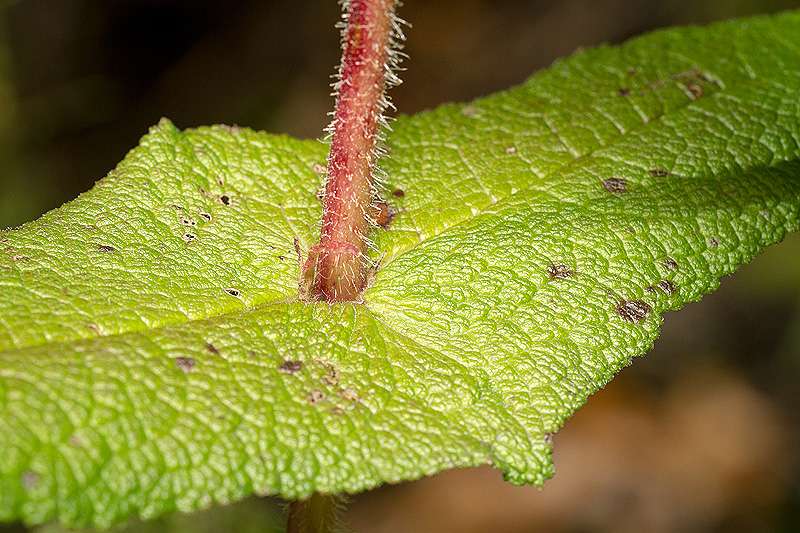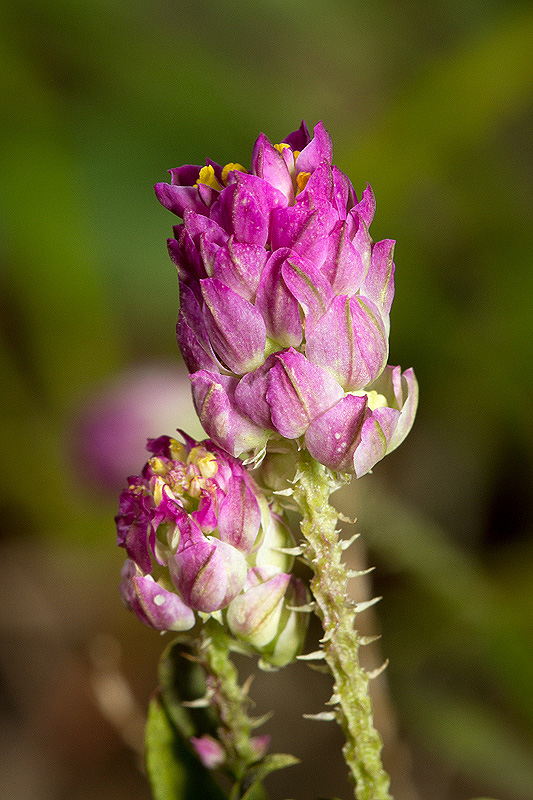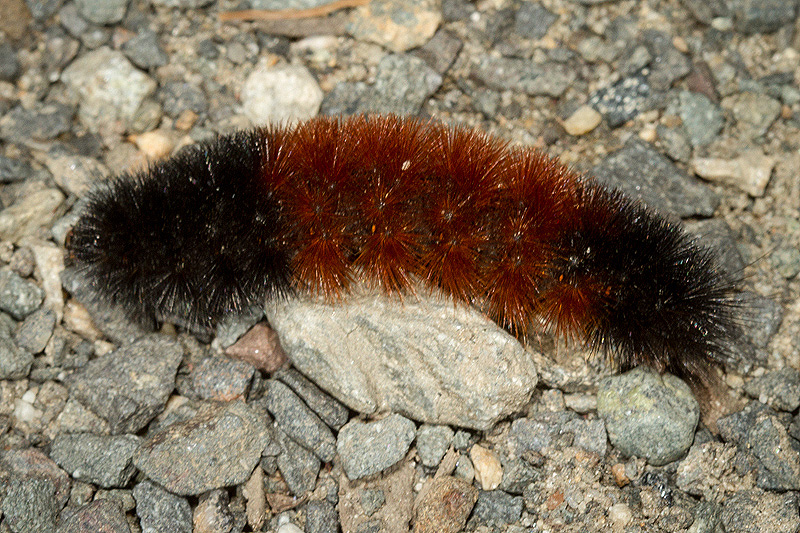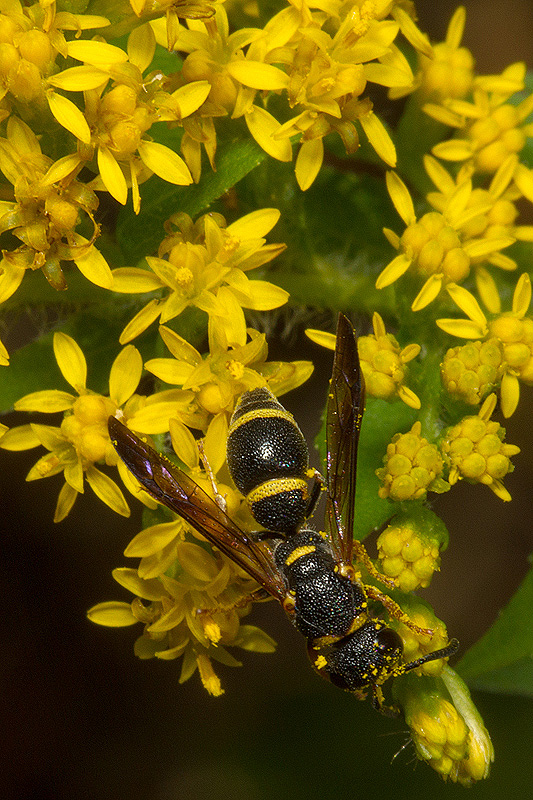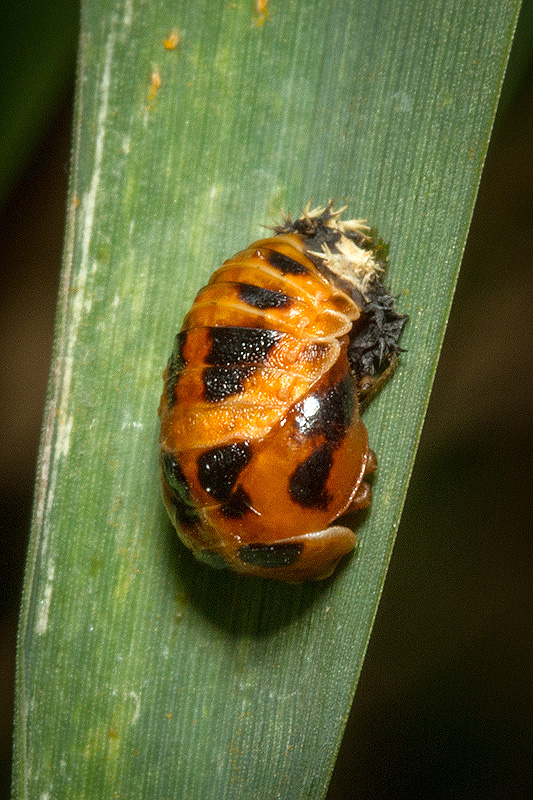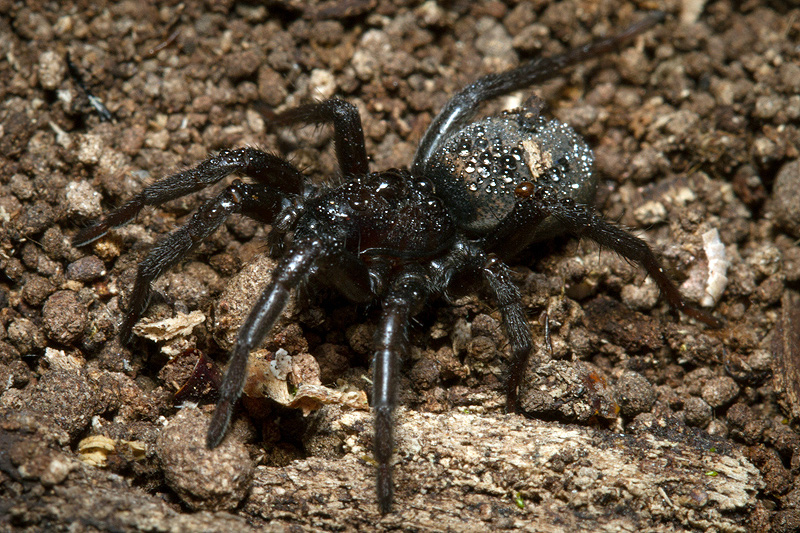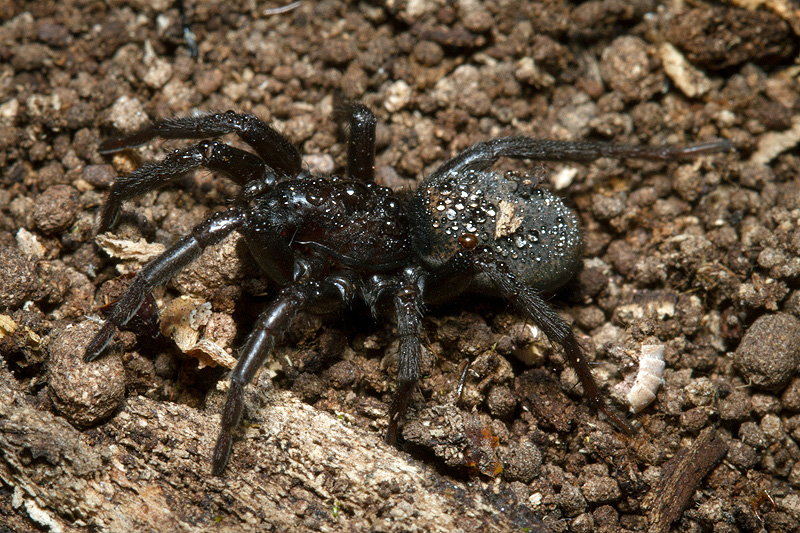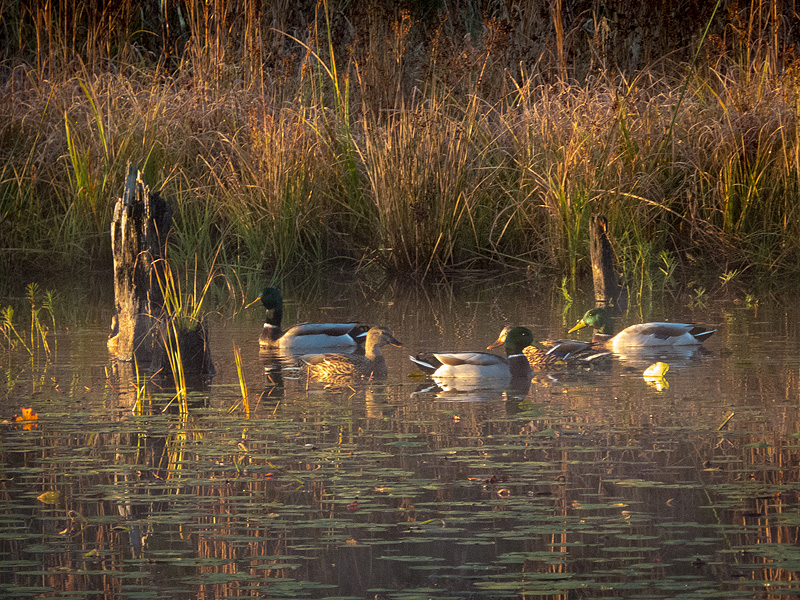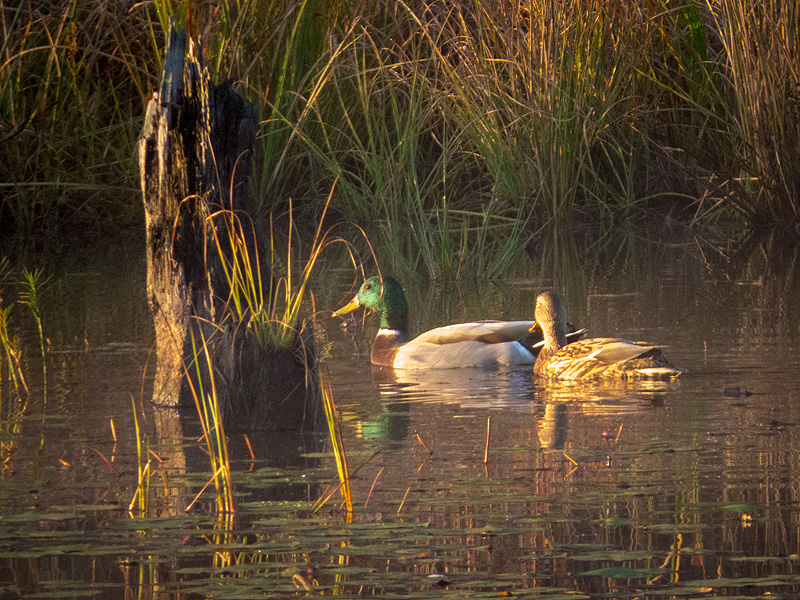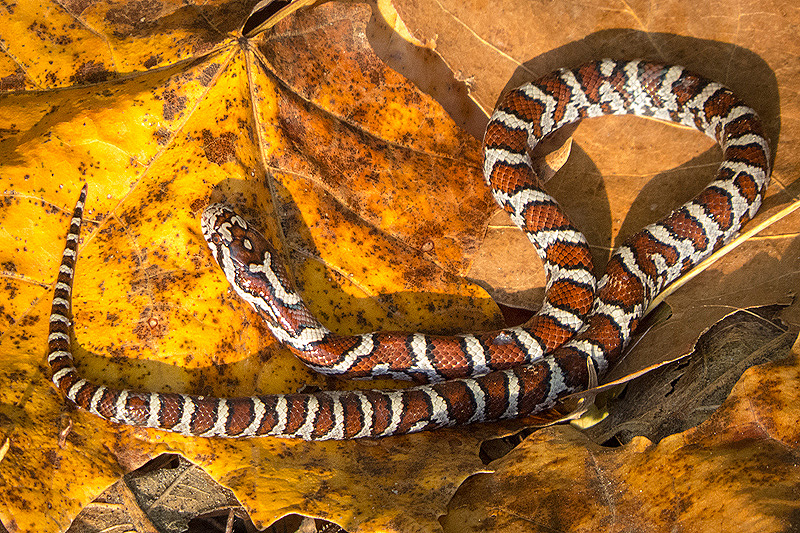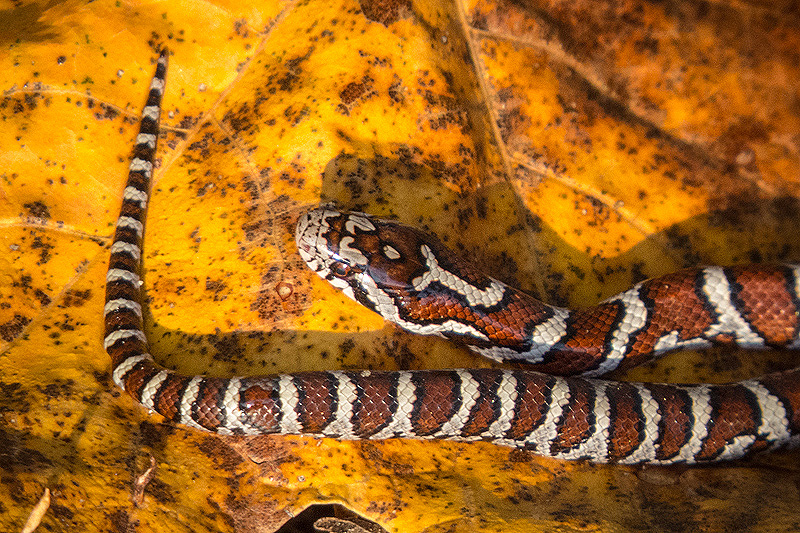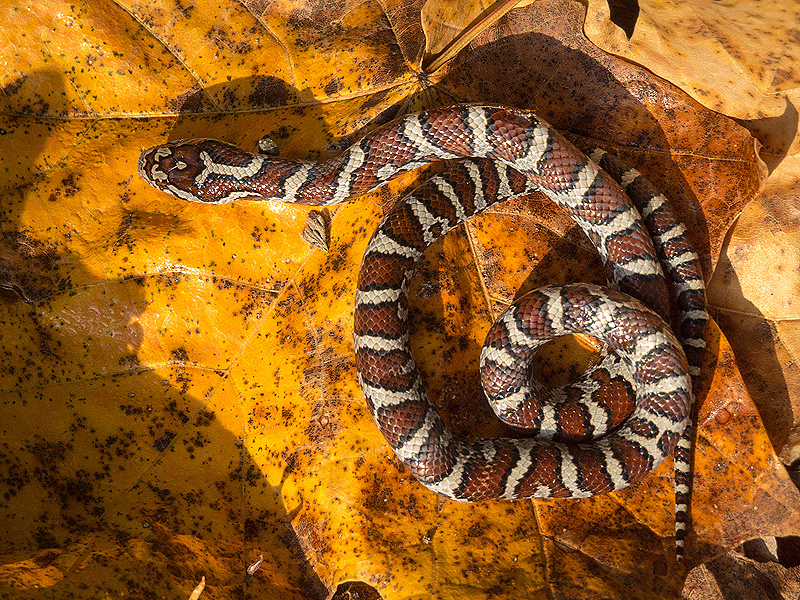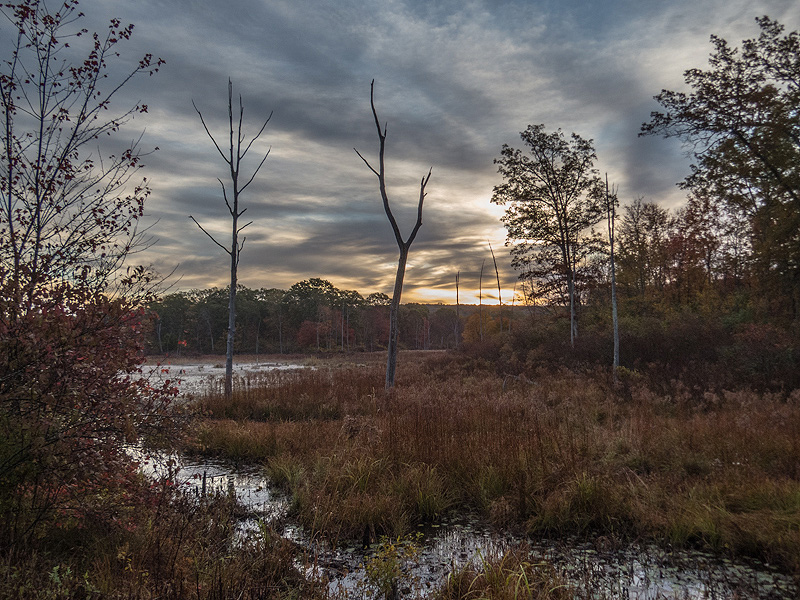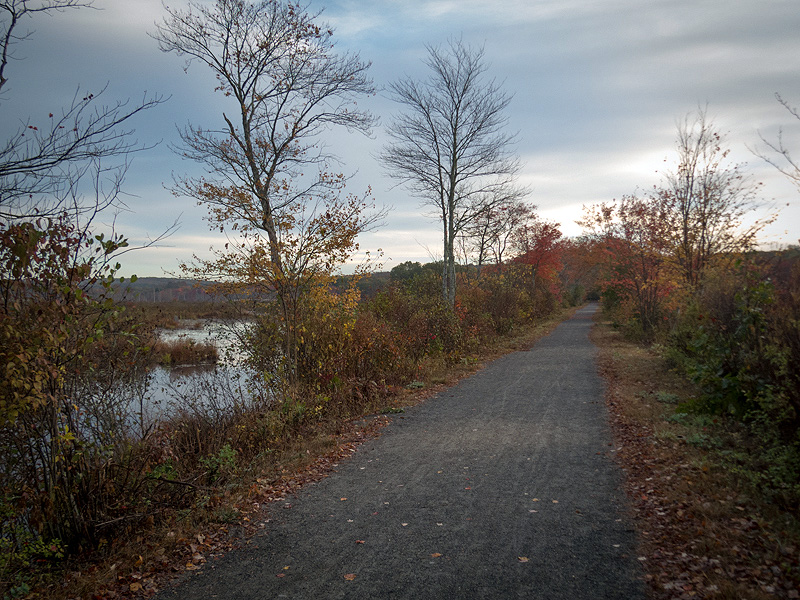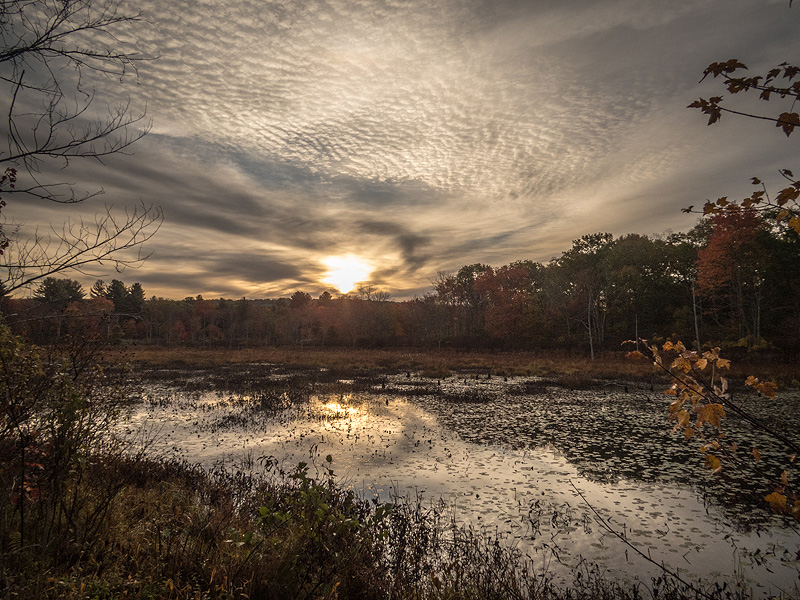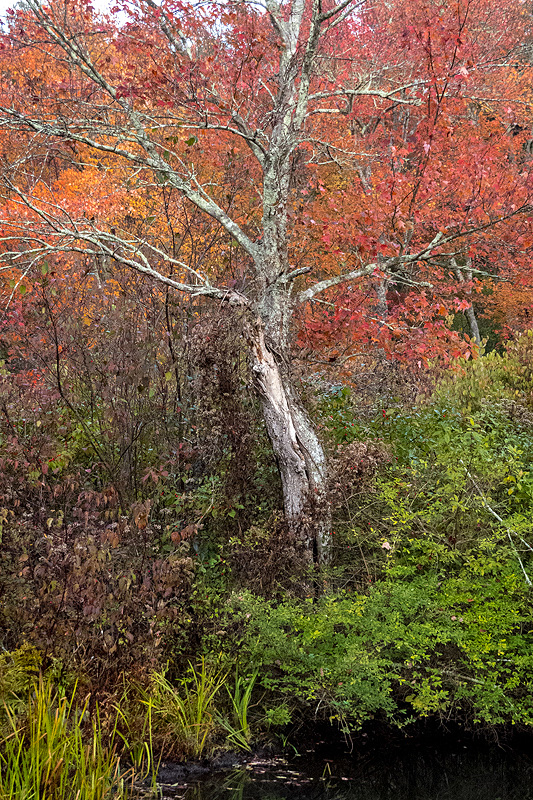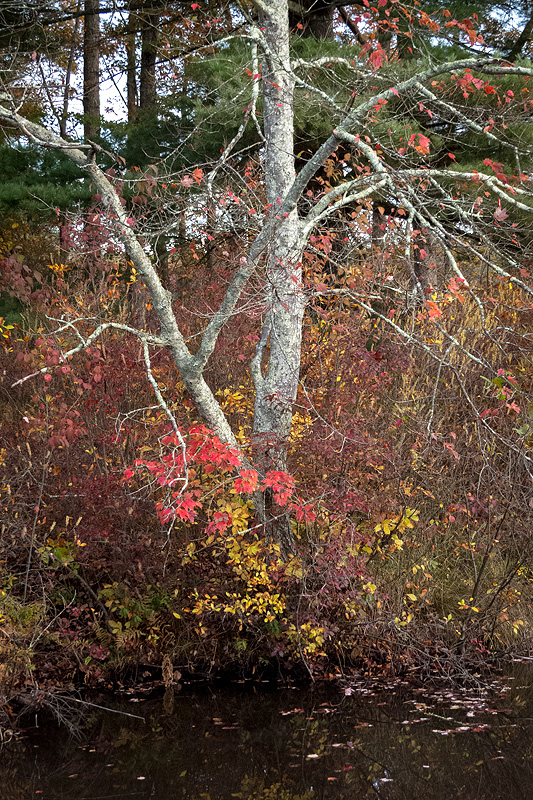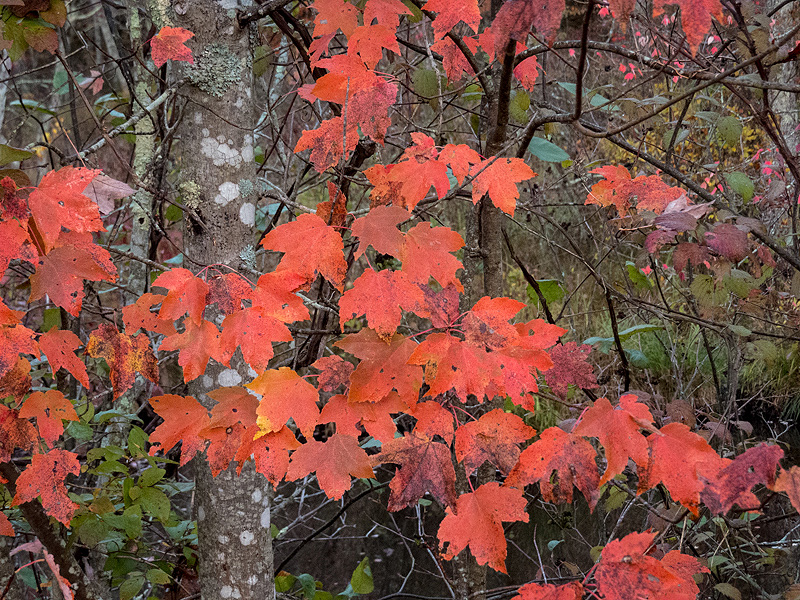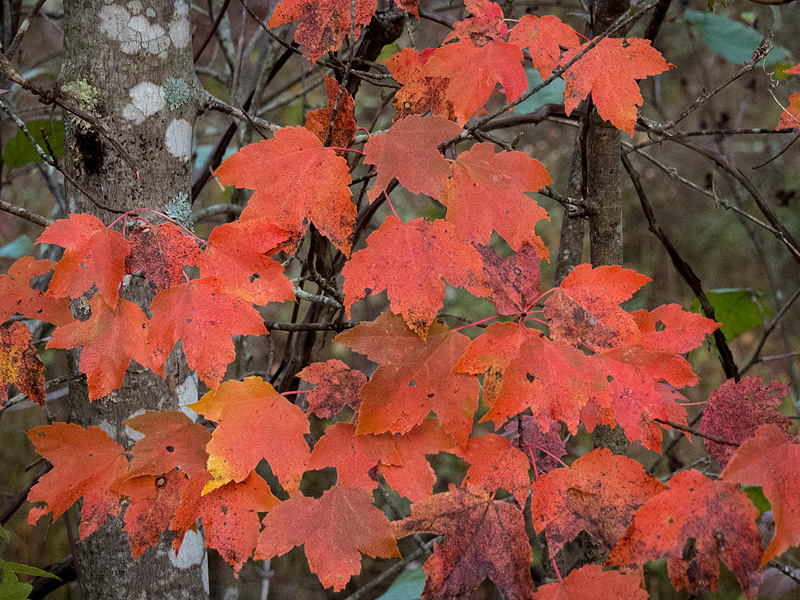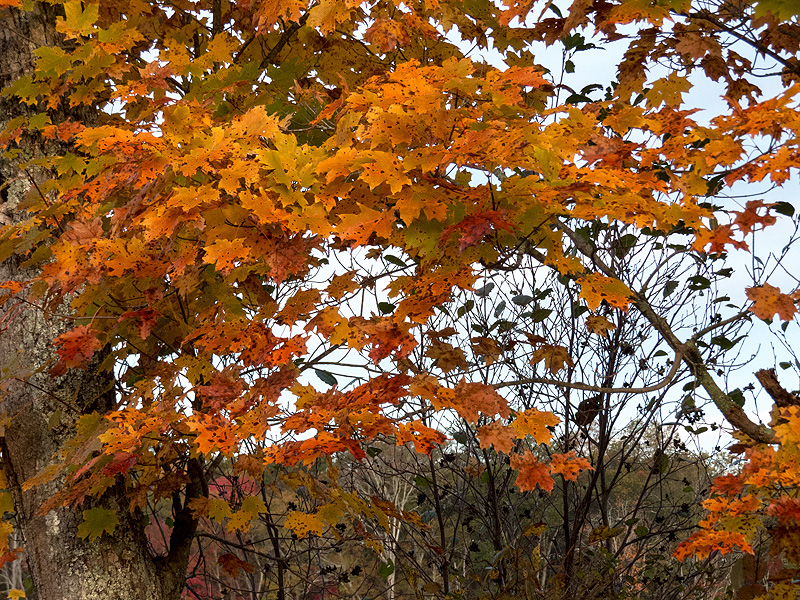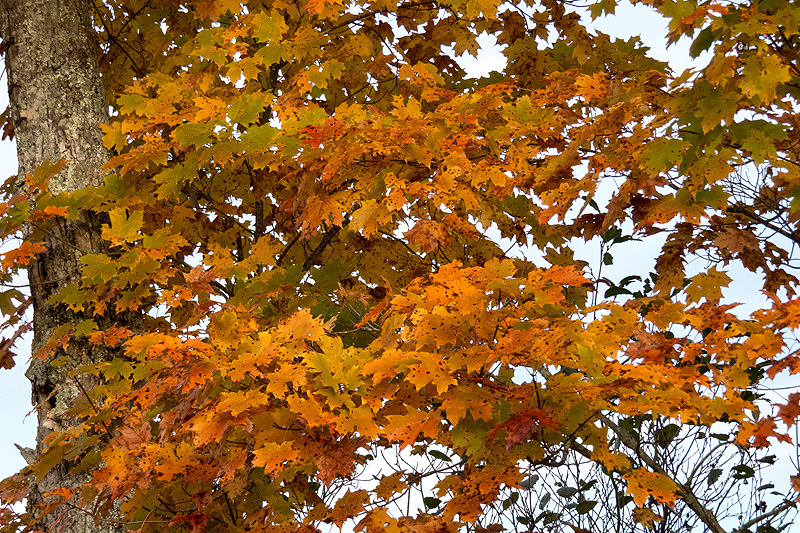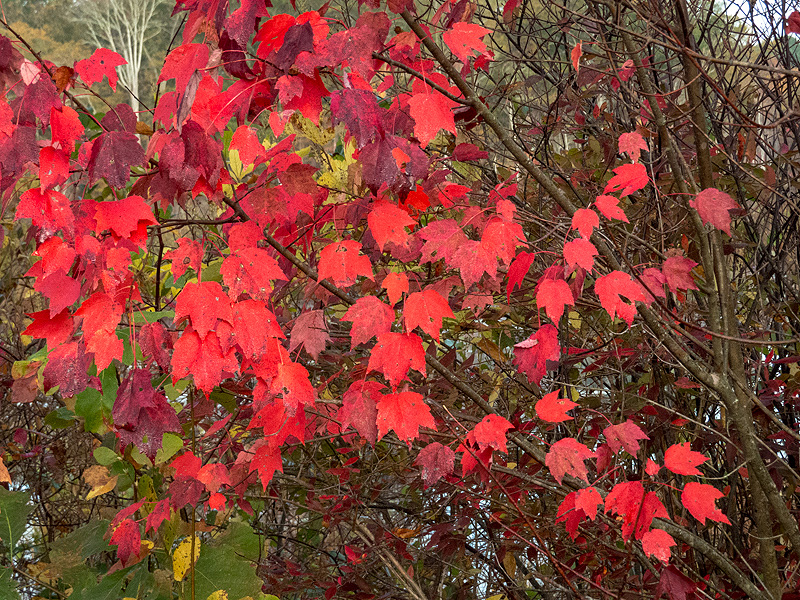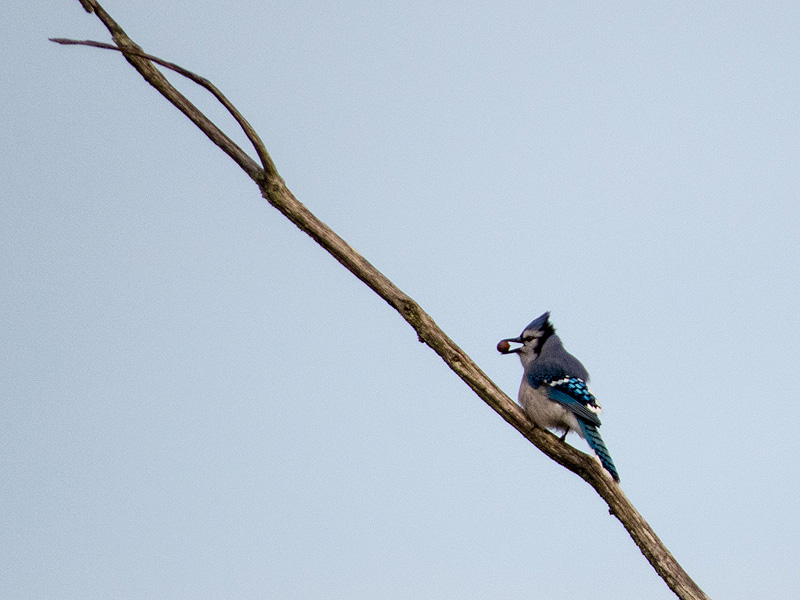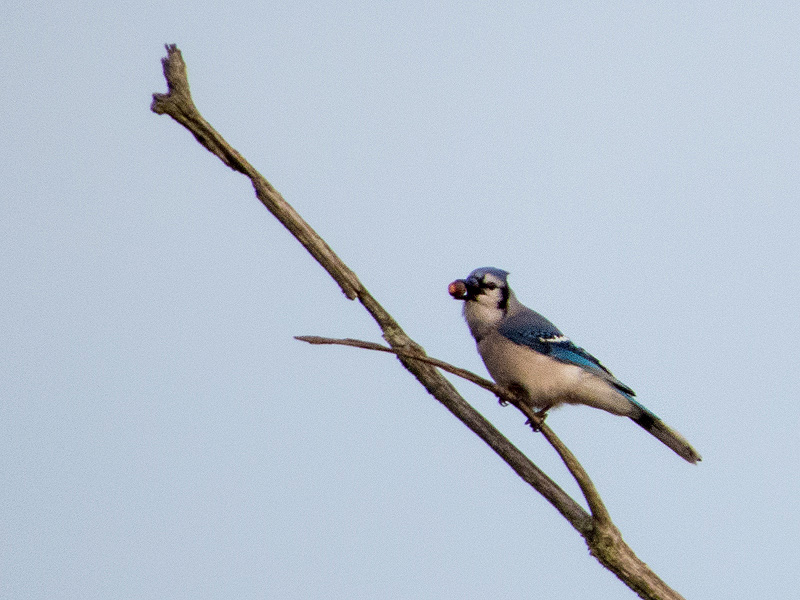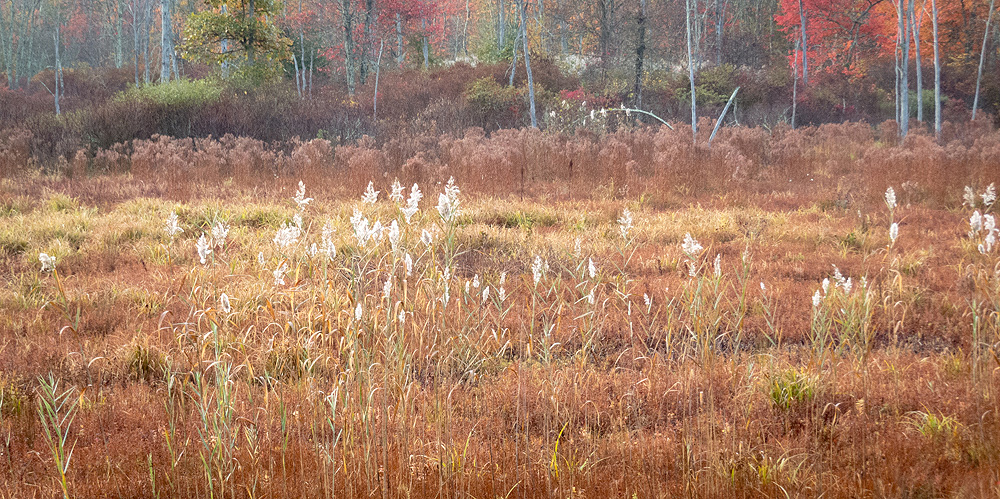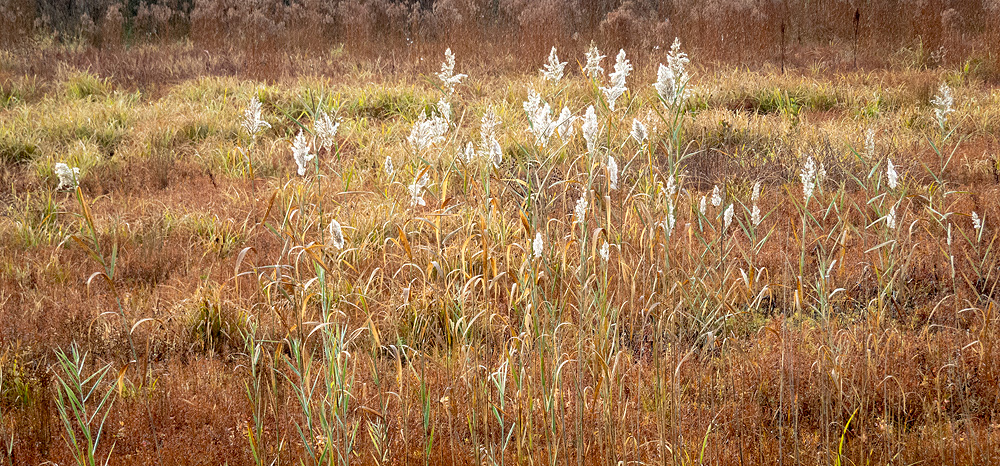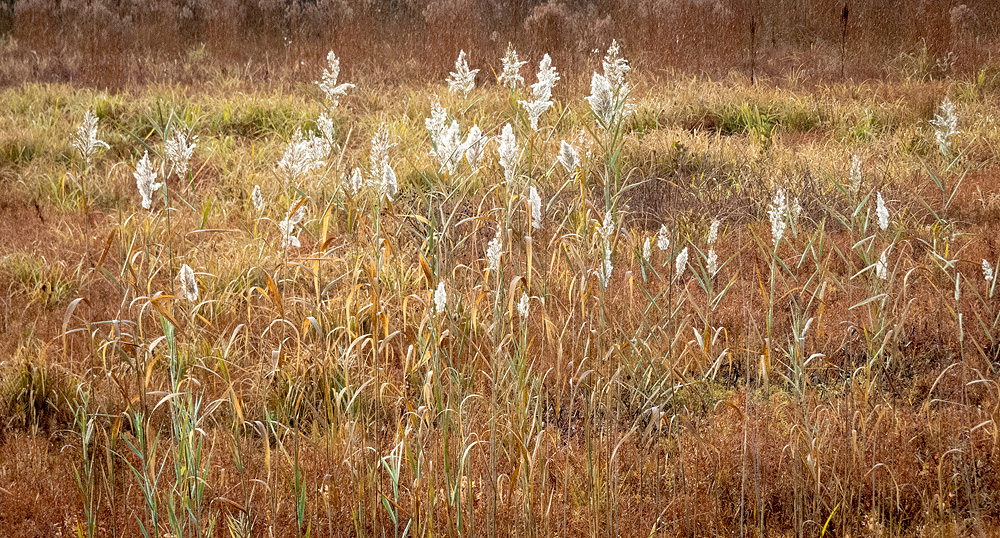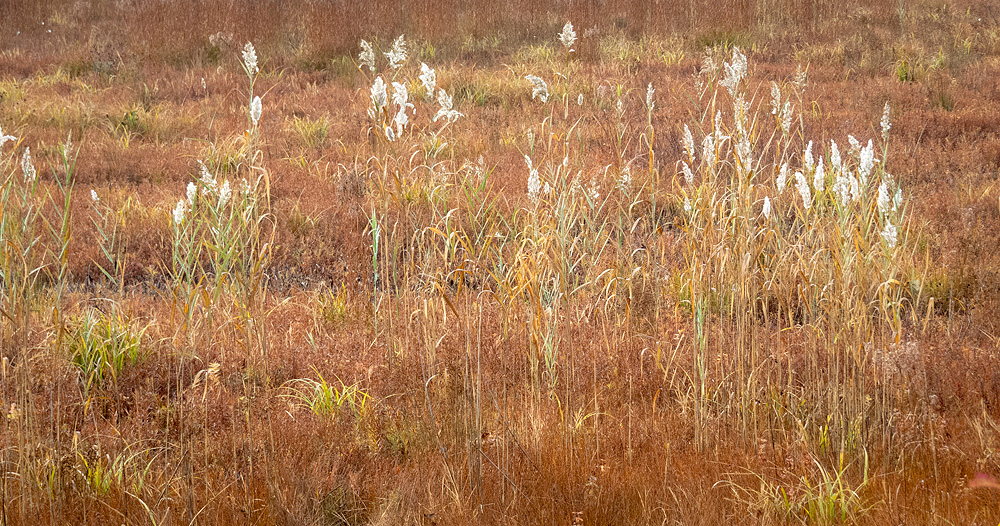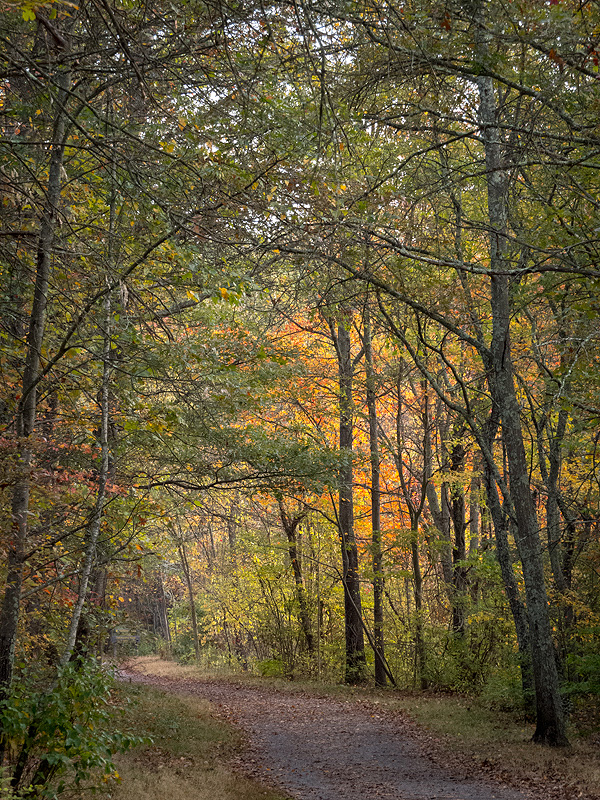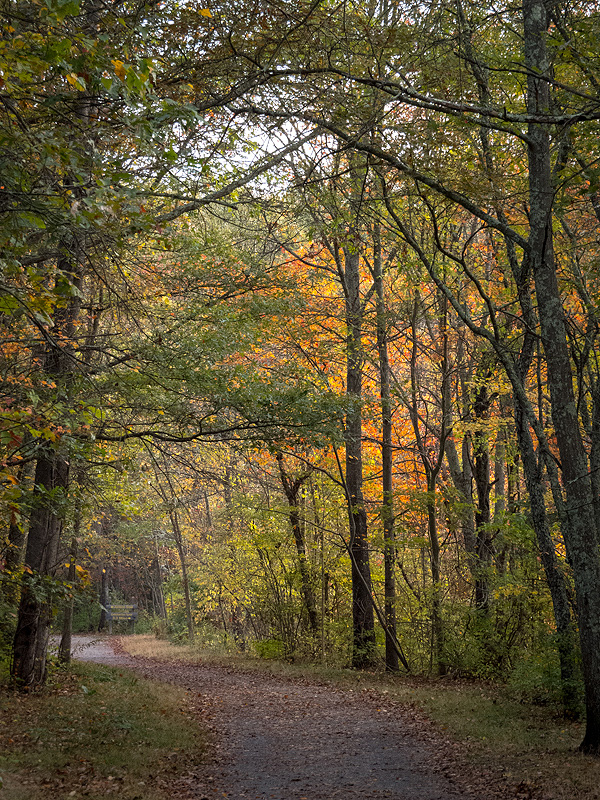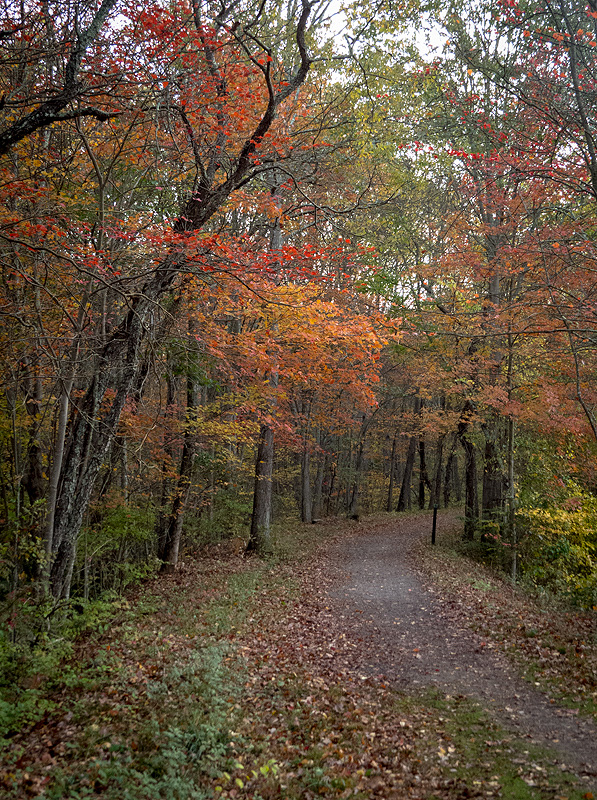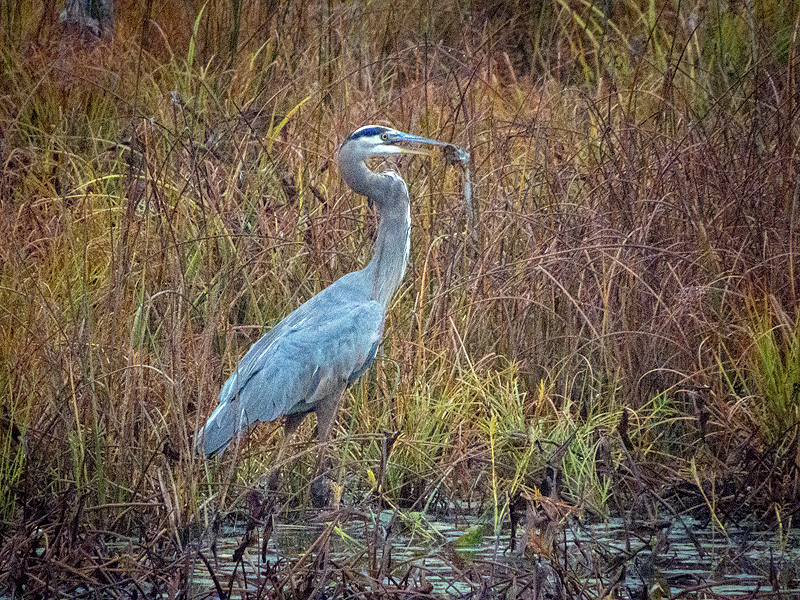Along the Air Line... 2017 - Fall, Part 4 The Air Line Trail in Eastern Connecticut - Stan Malcolm Photos |
mHome Page Stan's FlickR Albums |
October 17th. Canada Geese (Branta canadensis) spent the night on the marsh; first time I've seen them this fall. Mallards nearby at right. |
|
A noontime walk east from Route 207 to the power lines. |
|
One of the Smartweeds (Persicaria sp.). Possibly Mild Water-pepper (Persicaria hydropiperoides). |
|
|
|
I found a nice patch of Downy Rattlesnake Plantain orchids (Goodyera pubescens). |
|
It bloomed over the summer. Hopefully, I'll remember where I saw it and find it blooming next year. |
Tree Clubmoss or Ground Pine (Lycopodium obscurum). |
Lycopodium spores were used in early flash photography. Watch this demo, especially the last few seconds: https://www.youtube.com/watch?v=MW1aysZYJ4k |
Reindeer Lichen (Cladonia rangifera) and Haircap Moss (Polytrichum sp.). |
Power lines offer some interesting habitats as well as dispersal pathways for plants and animals. |
Maple-leaf Viburnum (Viburnum acerifolium) turns a distinct color in the fall, unlike true maples. |
The black berries confirm the ID if present. |
Wild Geranium (Geranium maculatum) leaves are distinctive. |
The "perfoliate" (wrapping around the stem) leaves of this plant are a sure means of identification. It's Boneset (Eupatorium perfoliatum). |
A single plant of Field Milkwort (Polygala sanguinea) hanging in there. |
Woolly Bear (Pyrrharctia isabella). |
A Mason or Potter Wasp (Family Vespidae; subfamily Eumeninae). |
Pupa of an invasive Multicolored Asian Ladybird Beetle (Harmonia axyridis). |
Spider under bark. ID help anyone? |
|
October 18th. Back to Raymond Brook Marsh. Sunshine and Mallards (Anas platyrhynchos) today, but no geese. |
|
October 19th. A young (about 8") Eastern Milk Snake (Lampropeltis triangulum triangulum). |
Not moving but no obvious signs of injury. Perhaps caught out in the cold overnight. |
I tried warming it in my hands without success... |
...so left it in a sunny spot in hopes it might revive. Read about this snake here: https://en.wikipedia.org/wiki/Eastern_milk_snake |
October 22nd. |
|
|
|
|
|
|
|
|
|
|
Blue Jay (Cyanocitta cristata), proud owner of an acorn. |
|
Sadly, much of Raymonmd Brook Marsh is well on its way to becoming Raymond Brook Meadow. |
The invasive Giant Reed Grass (Phragmites australis) is one of many contributors to succession. |
|
|
|
|
|
|
October 23rd. Great Blue Heron (Ardea herodius) with a very pulverized breakfast catfish. |
